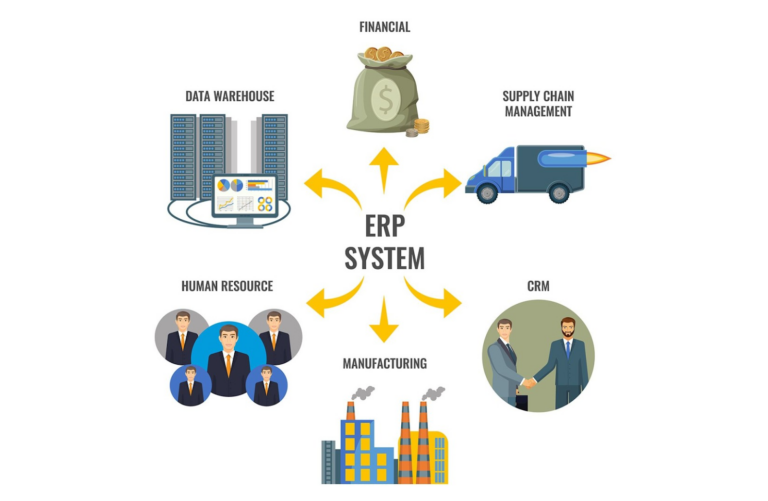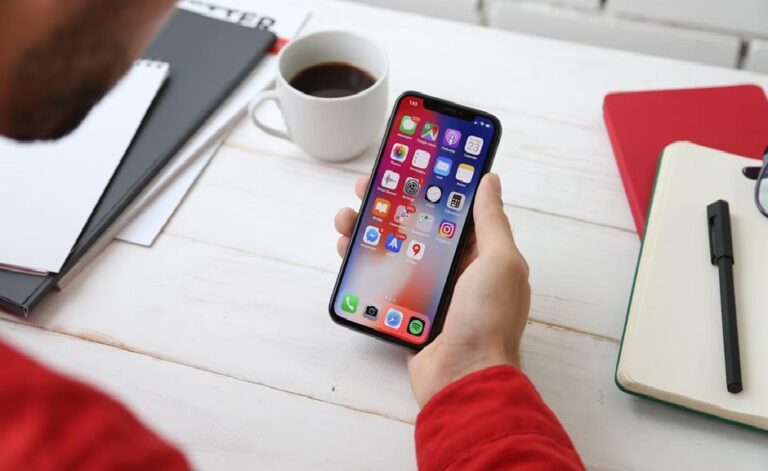How to use private notes to protect sensitive customer data?

Private notes are digital messages that self-destruct after being read. They provide a temporary and secure method of sharing sensitive information. By using private notes, businesses can ensure that confidential data doesn’t linger in inboxes or devices, reducing the risk of unauthorized access.
Setting up a private note system
Businesses need to choose a reliable platform to implement a private note system. Many options are available, each with its features and security measures. It’s essential to select a platform that meets your company’s specific needs and security requirements.
Creating and sharing private notes
Once you’ve chosen a platform, creating private notes is typically straightforward. Users can compose their message, set an expiration time, and generate a unique link. This link can be shared with the intended recipient through a secure communication channel.
Best practices for using private notes
To maximise the effectiveness of private notes, it’s essential to follow some best practices. These include using strong, unique passwords for each note, limiting the number of people accessing the notes, and regularly reviewing and updating your privacy policies.
-
Training employees on private note usage
Educating your team on how to use private notes correctly is crucial. Provide comprehensive training on the chosen platform, emphasizing the importance of following security protocols. Regular refresher courses all employees are up-to-date with the latest best practices.

-
Integrating private notes into existing workflows
To maximize private notes, integrate them seamlessly into your existing workflows. This might involve updating customer service protocols, revising data handling procedures, or modifying communication guidelines. The goal is to make using private notes a natural part of daily operations.
-
Monitoring and auditing private note usage
Regular monitoring and auditing private note usage can help identify potential security risks or misuse. Implement a system to track who is creating and accessing private notes, and review this information periodically to ensure compliance with your company’s policies.
Addressing common concerns about private notes
Some employees or customers might have concerns about using private notes. Address these concerns openly by explaining the security benefits and providing clear information about how the system works. Transparency and encourage adoption of this security measure.
-
Staying updated with privacy regulations
Privacy regulations are constantly evolving. Stays informed about changes in data protection laws and adjust your private note policies accordingly. Regularly review and update your practices to ensure ongoing compliance with relevant regulations. Learning how to use privnote effectively is an essential step in protecting sensitive customer data.
-
Handling emergencies and data recovery
While private notes are designed to self-destruct, there may be situations where data recovery is necessary. Develop a protocol for handling emergencies, such as when critical information is accidentally deleted. This might involve working closely with your chosen platform’s support team.
-
Evaluating the effectiveness of your private note system
Periodically assess the effectiveness of your private note system. Gather feedback from employees and customers, analyze usage patterns, and identify any areas for improvement. This ongoing evaluation will help you refine your approach and maximize the benefits of using private notes.
-
Looking to the future of data protection
As technology advances, so do the methods for protecting sensitive data. Stay informed about emerging trends and technologies in data security. Consider how these developments impact your use of private notes to adapt your strategies accordingly.











